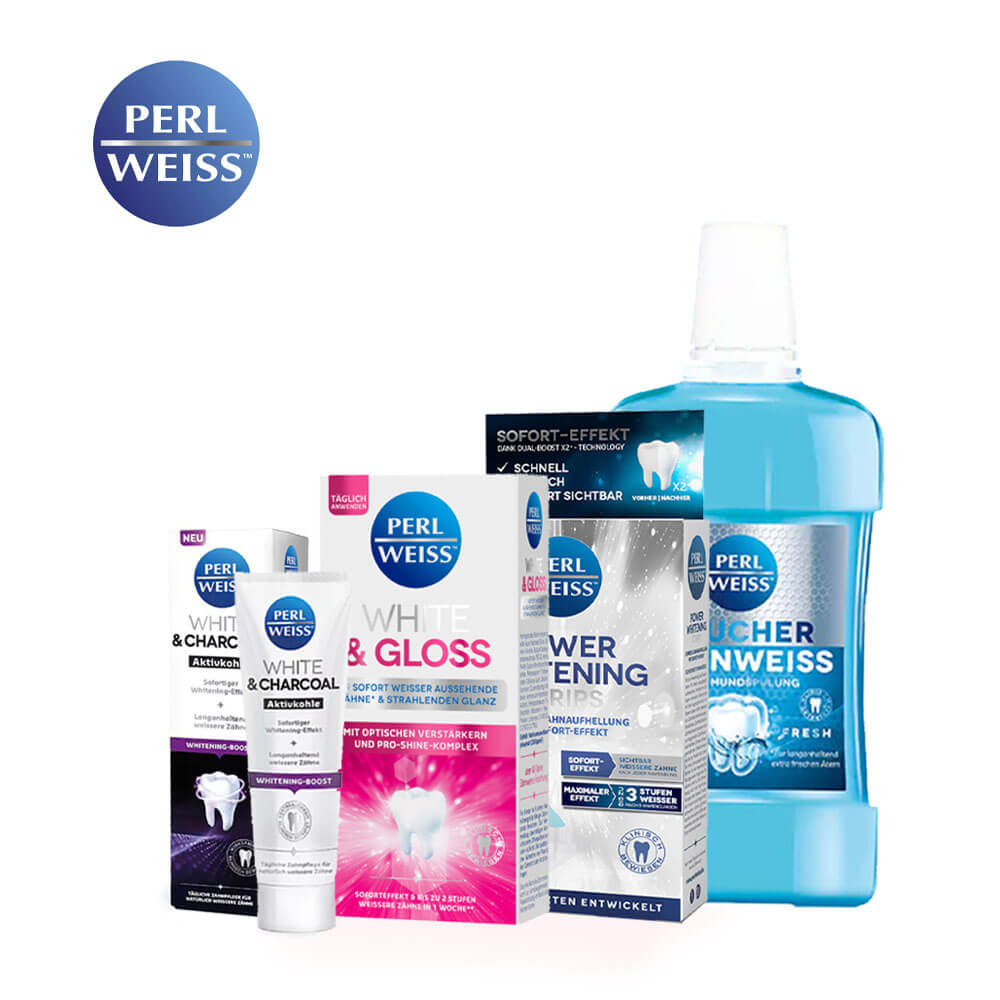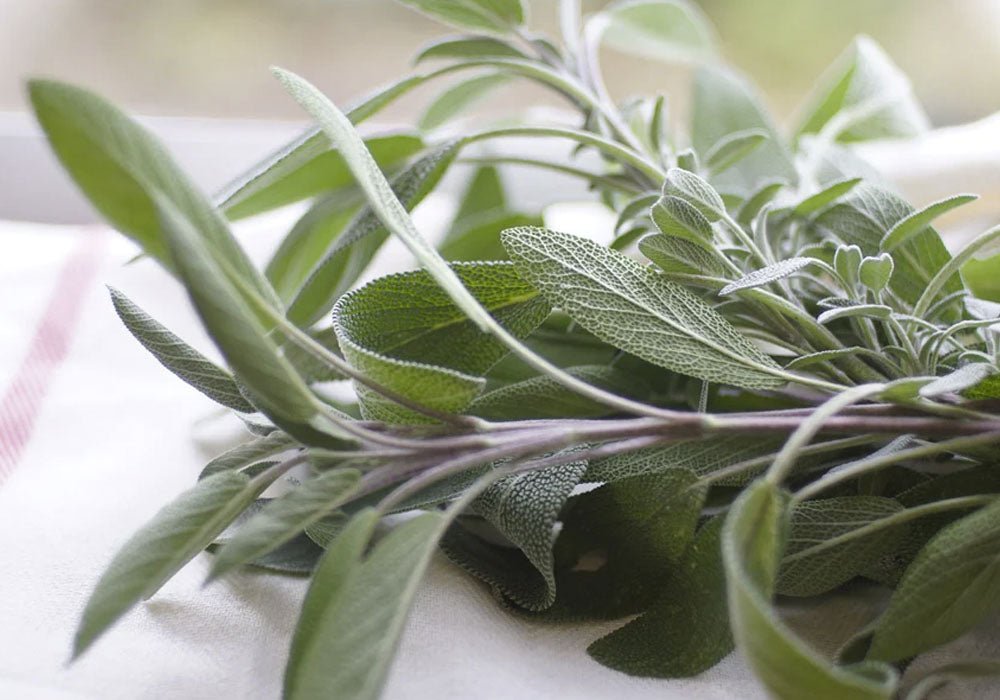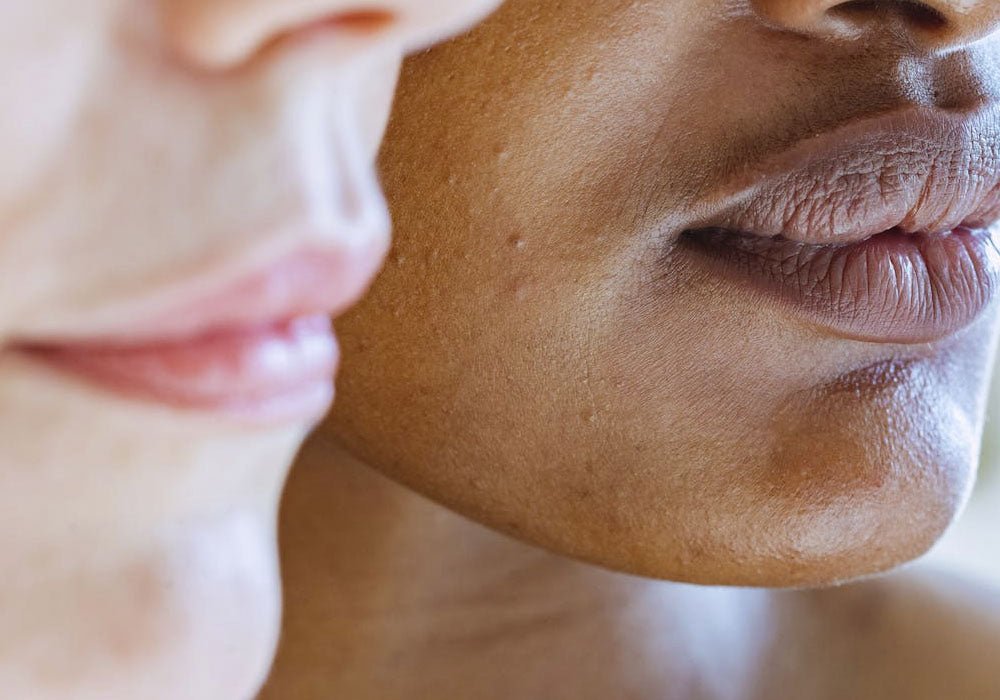Treating a bacterial infection with antibiotics is often criticized. The accusation: the drug will be given carelessly. It is criticized that the group of active ingredients, which was originally developed to combat life-threatening diseases such as pneumonia or blood poisoning, is now even prescribed for minor colds.
Nature offers effective antibiotics that do not have any side effects. Phytotherapy in particular relies on herbal active ingredients as an alternative to pharmaceutical products.
But what distinguishes the classic antibiotic from alternative options? Which herbal remedies are recommended and how can the body be supported in healing in the event of inflammation?

Classic antibiotic
The development of antibiotics is considered a milestone in the history of medicine . The discovery of the group of active ingredients meant that diseases could be successfully treated that until then had often led to death. And even today, transplantations and the therapy of specific diseases or infections would not be possible without antibiotics.
The following applies: Taking antibiotics does not help with viral infections. The doctor must therefore determine in a personal conversation with the patient whether the disease is caused by viruses or bacteria. Common reasons for prescription are, for example, bacterial cystitis or severe gingivitis .
However, as long as the intake is not unavoidable, it can be worthwhile to rely on natural herbal antibiotics. Because the classic antibiotics, like all medicines, are associated with possible side effects . The cost-benefit factor is therefore low, for example when it comes to harmless infections or over-acidification of the body.
In addition, antibiotics ensure that not only the bad bacteria die off. Rather, the good bacteria such as bifidobacteria or lactobacteria are also destroyed, so that the intestinal flora has to be completely renewed. Meanwhile, there is a risk that fungi, viruses, putrefaction germs and microbes will multiply unhindered in the intestine.
This process can lead to gastrointestinal problems. The problem: A good intestinal flora is crucial for a functioning immune system. If the immune system is weakened, the body is more susceptible to diseases.
At the same time, the risk of resistance increases with regular use. This is the case, for example, with the hospital germ MRSA. Taking antibiotics often has no effect here.
A bad complexion can be a first sign of gastrointestinal problems. Skin problems can be treated with creams or salt water, for example. But is salty water good for the skin ? More on this in our article on this topic!
Why use an alternative product?
A natural antibiotic is usually an herbal remedy. The exception is honey. Ginger, garlic, apple cider vinegar, turmeric and nasturtium are used particularly frequently. They can have antibiotic and antibacterial effects. So far, however, there are no research results about turmeric that confirm its effectiveness.
Compared to classic antibiotics, alternative products cannot be used in severe infections . But as a preventive measure, consumption can be worthwhile. Among other things, the substances can help the body to prevent colds, bladder infections or symptoms such as headaches or nausea from developing in the first place.
Another advantage: While classic antibiotics destroy the intestinal flora, natural alternatives can strengthen the immune system . Both substances therefore follow a different approach.
Our body has endogenous antibiotics: the peptides. The proteins, consisting of amino acids, are produced in the skin and mucous membranes and fight viruses, inflammation and fungi in the body.
However, the prerequisite for this is a functioning immune system. A healthy high-protein diet can help. However, if we introduce synthetic antibiotics that weaken the immune system, we also stop the beneficial peptides from functioning.

But in which cases can natural antibiotics be used, for example?
-
Cough
-
Sniffles
-
a cold
-
Gastrointestinal complaints
-
Bladder infection caused by cold
-
conjunctivitis
-
eczema
Top 10 herbal alternatives
Plants with antibiotic effects can have a preventive effect or provide relief in the event of an infection. If the symptoms persist or worsen, those affected should consult a doctor immediately. Because in some cases the intake of synthetic antibiotics is indispensable. But which natural substances can be used to treat a mild illness yourself?
sage
Common sage (Salvia officinalis) is a well-known medicinal plant and, compared to other sage varieties, contains a particularly large amount of the main active ingredient thujone. Studies have been able to demonstrate the antiseptic effect of sage against viruses, bacteria and fungi, so it is often used to treat inflammation in the mouth and throat .
But even with excessive sweating or digestive problems , consuming sage can lead to an improvement in symptoms.
Sage is also said to have the following effects:
-
antispasmodic
-
Antibiotic
-
Pain reliever for rheumatic pains
-
Pain reliever for headaches
-
Pain reliever for menstrual pain
The effects mentioned are suspected, but cannot yet be scientifically confirmed. The effectiveness of the external use of sage for inflammation of the mouth and throat and for sore throats is considered to be certain.
Its effectiveness in treating digestive problems (dyspepsia) and excessive sweating has also been proven. On the other hand, there are effects from empirical medicine, which include the possible effects just listed.
Sage is available in the form of dried leaves, distillates, fresh plant juices and alcoholic extracts . When used internally, the recommended dose should not be exceeded. The following applies: No more than 1 to 1.5 grams of sage leaves should be used per cup. For sage essential oils, 1 to 2 drops per cup is sufficient.
thyme
Real thyme is a culinary herb and contains the active ingredients thymol and carvacrol. These fight viruses, fungi and bacteria. It also contains flavonoids, p-cymene and tannins. Thyme is often found in bath additives, drops, tablets, capsules or cough syrup .
The herb can be used externally and internally. Thyme teas are particularly popular against colds and respiratory diseases or as a mouthwash. A teaspoon of tea is poured with boiling water.
Thyme essential oil can be used to make a hot poultice or infusion that is then inhaled . However, the essence should never be used undiluted, as essential oils can irritate the skin.
But how can thyme or the essential oil thymol work?
-
Antibiotic
-
anti-inflammatory
-
painkiller
-
antispasmodic
-
Cough relieving
-
Sweaty
onions
They make us cry when we cook: when we chop onions, we destroy the cells. As a result, the enzyme allinase reacts with the sulfur-containing amino acid iso-aliine. The latter is split into propanthial-S-oxide, evaporates and irritates the eyes. The body reacts by producing tears.
Onions should make us laugh rather than cry, because onions not only taste delicious, but are also said to be able to act like an antibiotic. The contained substance allicin and the mustard oil glycosides (pungent substances) can possibly prevent the growth of streptococcus bacteria that cause caries.
In addition, the onion extract can help to kill periodontitis germs . Both effects were already proven in the 1990s.
Onions can develop their full effect in raw form. The flavonoids act as radical scavengers and are supported by the essential oils and sulfur compounds contained.
A tip: Onion and honey juice can be used as a natural antibiotic. For this, an onion is diced, placed in a container and enriched with 100 milliliters of honey. After 24 hours, the product can be strained and then administered three times a day. A stronger effect can be achieved by adding garlic and fresh lemon juice.
Ginger
The delicious health care: Enjoying ginger in teas, smoothies and dishes is trendy. In addition to vitamins, iron, calcium and potassium, it contains an essential oil that scientists attach great importance to.
The combination of the volatile substances and the pungent substances, also called gingerols, can lead to an antibacterial effect . This was confirmed by a scientific evaluation published in 2012 in the "Asian Pacific Journal of Tropical Biomedicine". In this case, the intake of ginger and garlic against multidrug-resistant pathogens was investigated.
The germ Helicobacter pylori, a stomach germ that can cause stomach cancer, can also be combated by eating ginger regularly. Ginger is also said to help against respiratory problems and has been consumed as a cold tea in some countries for centuries.
Ginger is said to have the following additional effects:
-
anti-inflammatory
-
antiemetic
-
Antibacterial
medicinal mushrooms
The first antibiotic, penicillin, was developed from mold. It is now assumed that numerous types of fungi have antibacterial substances . The shiitake mushroom has been well researched. This is mainly consumed in Japan. In traditional Asian medicine, the Shiitake mushroom is used as a remedy.
The fungus is said to have the following effects:
-
Strengthening of the immune system
-
lowering cholesterol levels
-
infection control
But be careful: some people are sensitive to the shiitake mushroom. Skin rashes, gastrointestinal problems or breathing difficulties can occur if the mushrooms come into contact with the skin, are inhaled or eaten. Shiitake dermatitis causes striated, itchy reddened skin on the body and limbs.
It is currently unclear whether the allergic reactions can also be triggered by the consumption of tablets. The Federal Institute for Risk Assessment (BfR) warned of possible sensitivities as early as 2004. At the same time, however, the institute emphasizes that allergic reactions to shiitake mushrooms are rare.
horseradish
The medicinal plant 2021: horseradish is a root that contains mustard oils. These should have an anti-inflammatory effect and be able to fight both viruses and bacteria. The mustard oil glycosides belong to the group of secondary plant substances. People swore by these substances as early as the 12th century, which is why horseradish is also known as the “peasants’ penicillin”. In 2021 it was named medicinal plant of the year.
Horseradish is often used in pure form or in capsule or tablet form for pain, coughing or inflammation of the bladder and urinary tract. Horseradish juice can be made to treat an acute cold. For this, a small piece of horseradish (about 5 centimeters) is grated and mixed with four tablespoons of honey.
honey
Strictly speaking, honey is not a herbal antibiotic. Nevertheless, the sweet spread can be used as a natural antibiotic. A study by the University of Oxford was able to prove that the consumption of honey in colds and coughs led to a reduction in symptoms . To do this, the team viewed 14 different studies with 1,800 participants.
Honey can have an antibacterial effect because it contains vitamins, minerals, amino acids, enzymes and phytochemicals. In addition, honey removes water from the body. In this way, pathogens are prevented from multiplying.
turmeric
The turmeric root contains the active ingredient curcumin. This is said to have positive effects. The consumption of turmeric is said to be able to relieve digestive problems, prevent Alzheimer's and prevent cancer and strokes. However, these assumptions have not yet been scientifically proven.
In the kitchen, turmeric powder gives delicious curries their intense color. In many Arab countries, the active ingredient is also used to color rice or cakes. Since turmeric has a low taste of its own, the root can enrich almost any dish.
Spices
Chili, cloves and oregano: Spices can be used to prevent diseases. Scientists at the University of Kansas found out that tarragon, rosemary, oregano and cloves can kill germs in the body. This also applies to the EHEC bacteria, which are considered to be particularly aggressive. Cinnamon, cumin and lemongrass are also said to have a positive effect on health.
propolis
Propolis is a putty resin that bees make to protect the hive from external influences. The substance consists of salivary secretions, wax and resins . The exact ingredients differ and are related to the substances collected by the bees.
Studies on the effect of propolis are still pending. So far there are only laboratory tests that prove the antibacterial effect. However, the composition of propolis varies so much that scientific studies cannot provide a generally valid result. Researchers currently suspect that the effect of propolis is based on the sum of many individual effects .
Possible areas of application are bacterial infections, herpes, skin diseases, joint pain, cramps and inflammation, such as vaginal inflammation.
Detoxification of physical inflammation
People are exposed to numerous external influences every day. Environmental toxins and other substances in the air, water, food and medicines can affect health and well-being.
For this reason, it is advisable to detoxify the body at regular intervals and to carry out a detox phase (detoxification phase). In this way, toxins and waste products that accumulate in the body, for example due to acidosis, can be eliminated.
But how do you recognize hyperacidity?
-
listlessness
-
headache
-
Muscle aches
-
Sweat
-
malaise
-
itchy skin
How to detoxify the body?
More well-being through detox: The trend from the USA also delights numerous consumers in Germany. Because an unhealthy lifestyle can make us feel unwell or get sick frequently. But how can those affected conduct waste products and toxins out of the body?
Alkaline baths
Acids are stored in the connective tissue. In a warm alkaline bath, the skin pores open and the acid escapes. The temperature of the water should correspond to body temperature ( 36 to 28 degrees Celsius) .
The pH value of the alkaline bath measures a value between 8.5 and 9. After bathing, on the other hand, it is 7.5 to 8. The application can be repeated weekly. And the best thing about it: The relaxing wellness treatment can be optimally supplemented with Dead Sea salt products .
nutrition
Establishing the acid-base balance: Hyperacidity can be specifically combated with an alkaline diet. Only basic minerals are consumed, while acid-forming foods disappear from the menu. In addition, an acid-base powder can be taken. In this way, acids in the body are neutralized.






Leave a comment
All comments are moderated before being published.
This site is protected by hCaptcha and the hCaptcha Privacy Policy and Terms of Service apply.